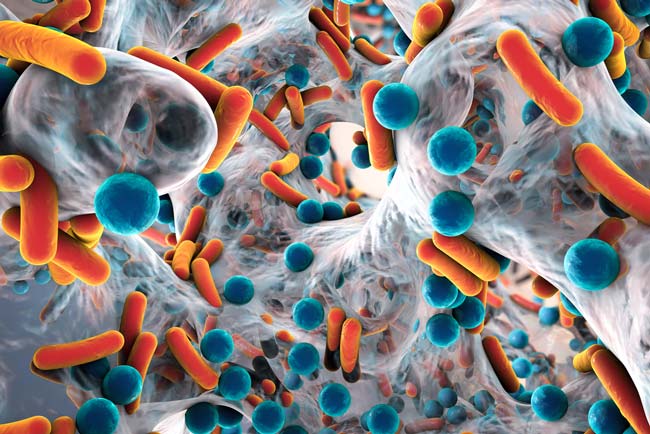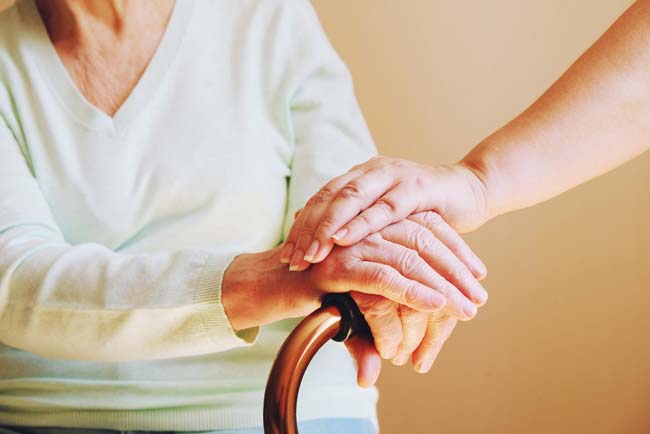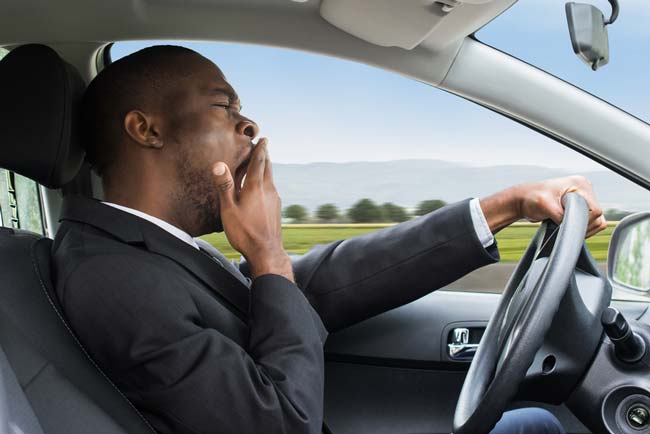
by erlangerhealth | Jan 29, 2018 | Men's Health, Stay Well, Women's Health
You just aren’t feeling well, so you head to the doctor, thinking an antibiotic might do the trick. But the doctor says an antibiotic won’t help. Why is that? There are a lot of misconceptions out there about antibiotics. These powerful medications, also called...

by erlangerhealth | Jan 26, 2018 | Men's Health, Regain Health, Stay Well, Women's Health
When you’re caring for an aging or sick loved one, you naturally want to take care of everything yourself. But trying to do it all without help can quickly cause you to burn out — which isn’t good for you or your loved one. Millions of adults in the United States...

by erlangerhealth | Dec 29, 2017 | Men's Health, Stay Well, Women's Health
When you think about distracted driving, you probably think of texting while behind the wheel. But there are many other distractions that can be just as dangerous. In fact, an AAA study found that drivers who get behind the wheel after missing one to two hours of the...

by Justin Ossman, MD | Dec 29, 2017 | Men's Health, Stay Well, Women's Health
One in three Americans will develop shingles in their lifetime, but how much do you know about this common condition? While it’s common, it’s also largely preventable — and a new vaccine may make it even more preventable. Read on for answers to some frequently asked...

by erlangerhealth | Dec 22, 2017 | Men's Health, Stay Well, Women's Health
Millions of Americans hit the road or take to the skies during the holiday season, starting at Thanksgiving and stretching through New Year’s. When you’re traveling, there are tons of things to think about. When you’re traveling with diabetes, there are even more....

by erlangerhealth | Dec 12, 2017 | Men's Health, Stories of Hope, Weight Loss, Women's Health
Healthcare professionals from the Chattanooga region recently had an opportunity to network with other professionals who have a passion for treating individuals with the disease of obesity and obesity-related health complications at the first annual Metabolic...













